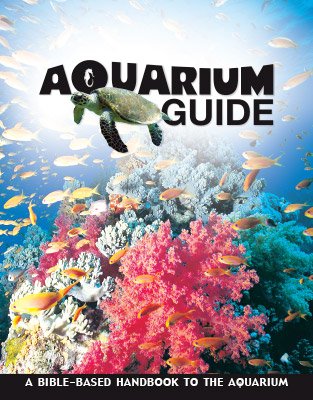Oyster
The oyster is a filter-feeder that gets its food by filtering food particles from water with its gills.
Design

The oyster is a filter-feeder that gets its food by filtering food particles from water with its gills. A healthy oyster can filter up to 1.3 gallons (5 l) of water per hour. This ongoing process by thousands of oysters can rid an area of water pollution, which is extremely beneficial for the water quality, though it is not always good for the oyster.
Features
- An oyster’s shell is made up of two valves connected by a muscular hinge. The upper valve is thinner and flat while the lower one thicker and convex. The shell is often highly calcified, with an uneven texture.
- Inside the shell is the soft body of the oyster.
- Oysters grow in piles or clumps known as beds.
Fun Facts
- The oyster spends most of its life permanently attached to a substrate or lying on the sea floor.
- This creature changes its sex during its life, starting off as a male and usually ending as a female.
- A single female oyster can produce millions of eggs each year.
- Some oysters produce a pearl when foreign material becomes trapped inside the shell. The oyster responds to the irritation by producing nacre, a combination of calcium and protein. The nacre coats the foreign material and over several years produces a pearl.
CLASS: Bivalvia (bivalves and clams)
SUBCLASS: Pteriomorpha
ORDER: Ostreoida (true oysters)
FAMILY: About 200 species in 10 families
Size: 3–14 in (7.5–35 cm)
Depths: 8–40 ft (2.5–12 m)
Diet: Plankton, algae
Habitat: Shallow waters throughout the world’s oceans
Aquarium Guide
With fun facts about more than 100 animals, this long-awaited Aquarium Guide includes beautiful pictures and reveals the incredible facts and design features that point to our amazing Creator. This handy size guide is excellent for school field trips and family trips to your favorite aquarium!
Browse Kids Book- © 2024 Answers in Genesis
- Privacy Policy
- Contact
- About

